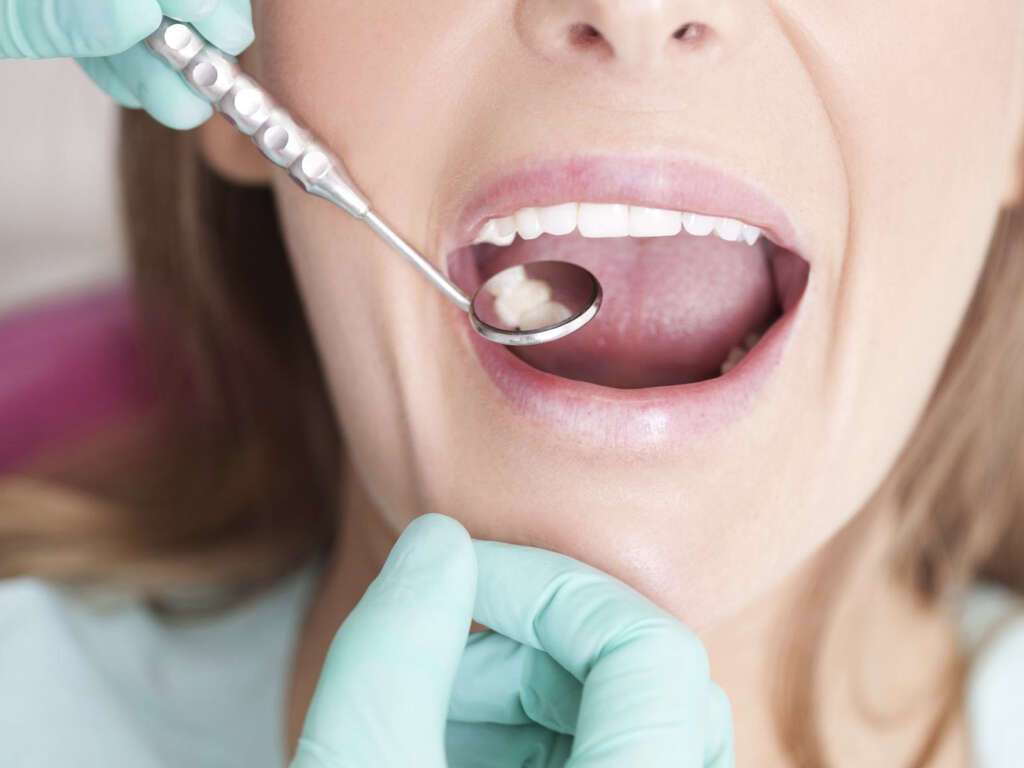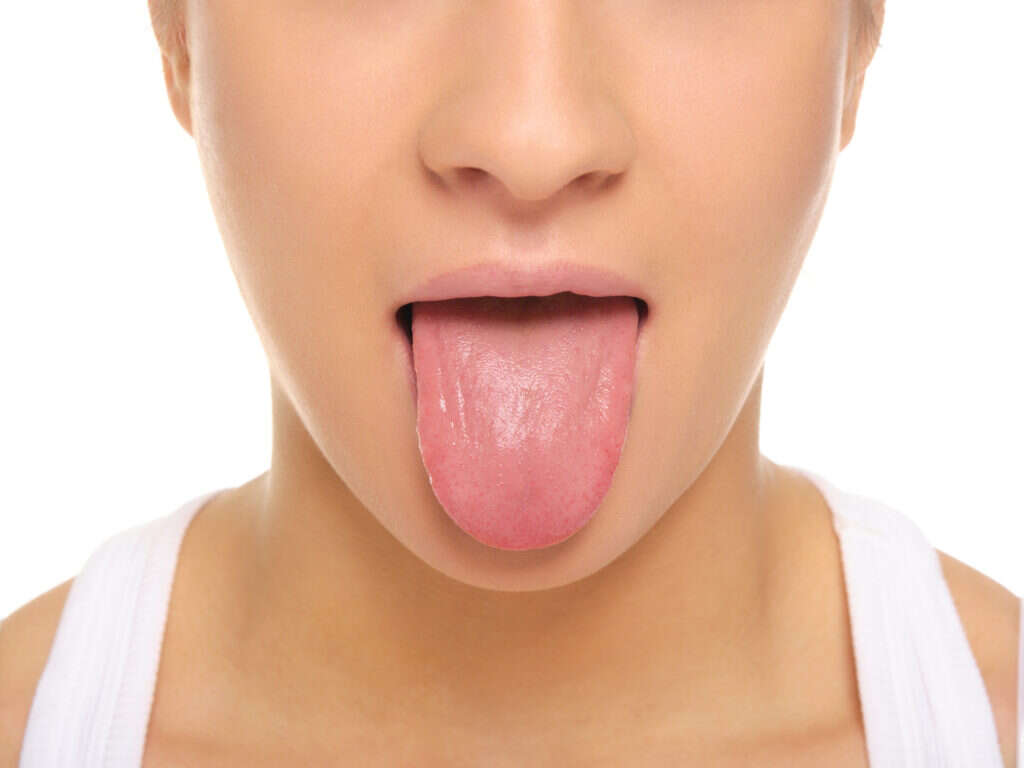10 Xerostomia Symptoms
 Article Sources
Article Sources
- 1. Agostini BA;Cericato GO;Silveira ERD;Nascimento GG;Costa FDS;Thomson WM;Demarco FF; 'How Common Is Dry Mouth? Systematic Review and Meta-Regression Analysis of Prevalence Estimates.' Brazilian Dental Journal, U.S. National Library of Medicine, pubmed.ncbi.nlm.nih.gov/30517485/
- 2. Commissioner, Office of the. 'Dry Mouth? Don't Delay Treatment.' U.S. Food and Drug Administration, FDA, www.fda.gov/consumers/consumer-updates/dry-mouth-dont-delay-treatment
- 3. 'Páginas Relacionadas.' The Digestive Process: Digestion Begins in the Mouth, https://myhealth.ucsd.edu/Spanish/RelatedItems/134,193
- 4. 'Dysgeusia.' McGovern School. Otorhinolaryngology - Head & Neck Surgery, https://med.uth.edu/orl/2021/01/26/dysgeusia/
- 5. 'Oral Candidiasis.' Michael Taylor. StatPearls /[Internet/], https://www.ncbi.nlm.nih.gov/books/NBK545282/
- 6. 'Update Knowledge Of Dry Mouth- A Guideline For Dentists.' Mohammed Alsakran Altamimi. African health sciences, https://www.ncbi.nlm.nih.gov/pmc/articles/PMC4209628/
Xerostomia, or dry mouth, is a condition affecting the production of saliva inside the mouth. It occurs when the salivary glands don't produce enough saliva. The result is a variety of symptoms involving the mouth, throat and tongue.
Although more prevalent in the elderly, xerostomia may affect anyone, and researchers estimate around 22 percent of people have experienced dry mouth.1Agostini BA;Cericato GO;Silveira ERD;Nascimento GG;Costa FDS;Thomson WM;Demarco FF; ‘How Common Is Dry Mouth? Systematic Review and Meta-Regression Analysis of Prevalence Estimates.’ Brazilian Dental Journal, U.S. National Library of Medicine, pubmed.ncbi.nlm.nih.gov/30517485/ Xerostomia symptoms vary from mild discomfort to more serious oral problems that can affect eating and impact everyday life. Knowing the signs of dry mouth and addressing the problem quickly may help prevent the development of further symptoms and more serious conditions.2Commissioner, Office of the. ‘Dry Mouth? Don’t Delay Treatment.’ U.S. Food and Drug Administration, FDA, www.fda.gov/consumers/consumer-updates/dry-mouth-dont-delay-treatment

Dry or Sticky Feeling in the Mouth
Saliva is needed to keep the oral cavity moist. A person with xerostomia has a reduced amount of saliva produced, leading to a dry or parched mouth. This uncomfortable dryness is similar to how the mouth feels when thirsty.
Typically, this dryness is fairly mild and may be relieved by taking regular sips of water. In other cases, it may be more severe and may last for extended periods of time. In this instance, people should seek advice from a dental or medical practitioner to diagnose the cause of xerostomia and identify the best option to help relieve symptoms.

Stringy or Sticky Saliva
Xerostomia is associated with changes in the saliva's produced consistency. When salivary glands aren't generating enough saliva, people with dry mouth commonly complain of their saliva being thicker than usual or having a sticky or stringy consistency.
Sticky or stringy saliva may also be a sign of other conditions, such as dehydration, tobacco use or allergies. If symptoms last for an extended length of time, it's wise to speak with a physician for a diagnosis.

Difficulty Chewing or Swallowing
Saliva is an essential part of the digestion process. It contains enzymes that help break down fats and complex carbohydrates, or starches, making food easier to absorb into the body.3‘Páginas Relacionadas.’ The Digestive Process: Digestion Begins in the Mouth, https://myhealth.ucsd.edu/Spanish/RelatedItems/134,193
People with xerostomia don't have regular levels of saliva and find it difficult to chew and swallow certain foods, especially dry foods, such as crackers and toast. Food may also become stuck to the inside of the mouth or tongue.

Hoarseness or Difficulty Speaking
In addition to keeping the oral cavity moist, saliva also helps lubricate the throat when swallowed. Due to the lack of saliva, xerostomia symptoms may include a sore or painful throat and hoarseness.
Without saliva, the throat becomes very dry, leading to a change in how the voice sounds and making it seem croaky or hoarse. In extreme cases of xerostomia, people may also have difficulty talking, and speaking may cause extreme discomfort.

Altered Taste
If food that was once enjoyed tastes different than usual, it may be a sign of xerostomia. The reduced levels of saliva may affect the taste buds, making food taste strange. This is known as dysgeusia.4‘Dysgeusia.’ McGovern School. Otorhinolaryngology - Head & Neck Surgery, https://med.uth.edu/orl/2021/01/26/dysgeusia/
Dysgeusia causes food to have a metallic, bitter, salty or sweet taste. People with dry mouth may also find they become intolerant to certain foods and drinks that are overly spicy, sour or salty.

Cracked Inner Cheeks and Lips
A dry mouth may have an adverse effect on the oral mucosa, which is the tissue in and around the mouth area. Dryness in the mouth may lead to the inner lining of the cheeks drying out, which may cause them to crack.
This cracking may spread to the corners of the mouth, causing them to split and become sore. People with dry mouth may also experience inflamed or peeling lips.

Thirst
People with xerostomia commonly experience excessive thirst as one of the symptoms. Without saliva to lubricate the oral cavity, dry mouth may cause the person to feel the need to continually lubricate the mouth to relieve the dryness, especially at night.
Sleeping with an open mouth and snoring may also make a dry mouth worse, and many people may wake repeatedly during the night to take a sip of water.

Red Spots or White Patches
Some people with xerostomia may notice small red spots on the inside of the mouth. These may appear on the roof of the mouth, on top of the tongue or toward the back of the throat.
Oral candidiasis, or thrush, is one condition that can cause xerostomia and dry mouth from other causes can lead to oral thrush, too. Thrush may affect the tongue, cheeks and gums and cause cream-colored or white patches to cover parts of the mouth.5‘Oral Candidiasis.’ Michael Taylor. StatPearls /[Internet/], https://www.ncbi.nlm.nih.gov/books/NBK545282/

Bad Breath and Infection
Saliva is produced by the body to remove microbes and food particles that cause bad odors. Without it, these particles may linger, which is why xerostomia may lead to halitosis or bad breath.6‘Update Knowledge Of Dry Mouth- A Guideline For Dentists.’ Mohammed Alsakran Altamimi. African health sciences, https://www.ncbi.nlm.nih.gov/pmc/articles/PMC4209628/
Saliva also helps protect gums and teeth from infection by preventing an imbalance of microbes that naturally live in the mouth. Repeated bouts of gum disease or signs of tooth decay may be due to mouth flora imbalance caused by xerostomia.

Painful Dentures
People with xerostomia who wear dentures may find their gums inflamed, the dentures feeling uncomfortable or cause pain. Dentures require the mouth to be moist for them to fit properly.
When the mouth is too dry, false teeth may move around, rubbing against the gums. If denture wearers notice an alteration in the way the dentures fit or they notice the formation of sores, they should speak with a dentist to determine if they have dry mouth.











